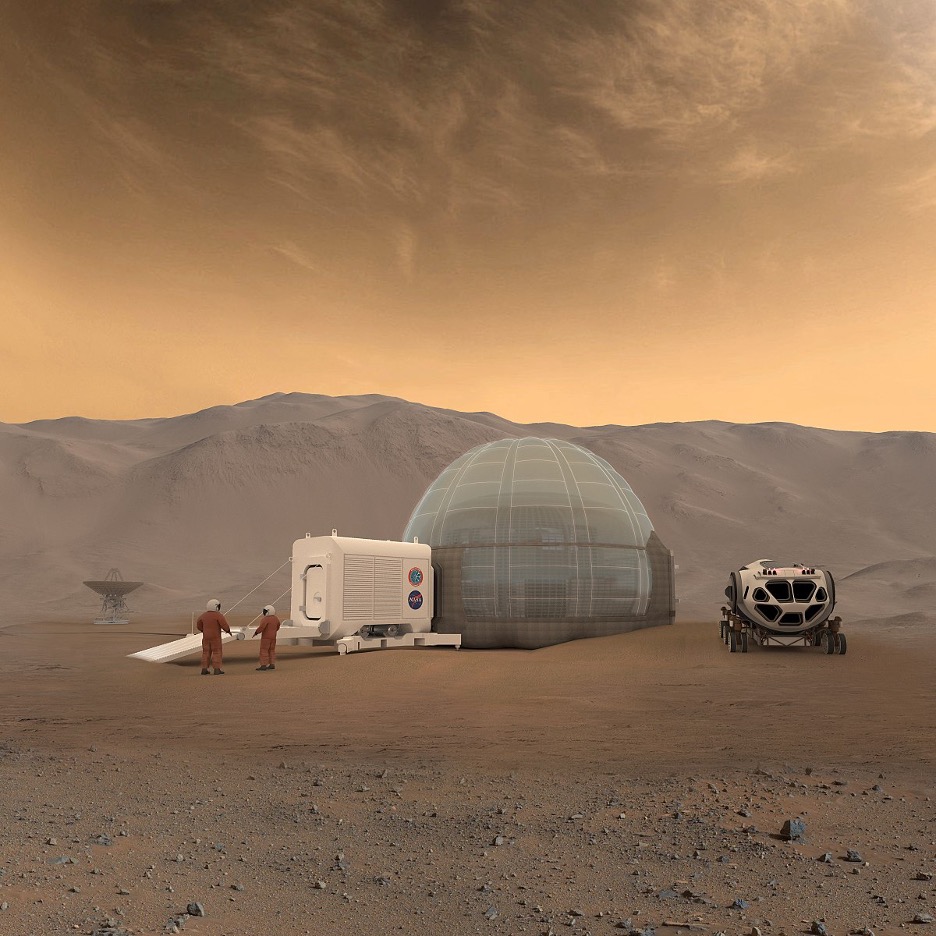
Figure 1: This is an artist’s rendering of a potential Martian colony
Source: Wikimedia Commons
After successfully planting humans on the Moon fifty-one years ago, researchers are working tirelessly towards their next most ambitious goal: delivering human colonists to Mars in the next 20 years. Many questions must be answered before man can step foot on the Red Planet; however, there is hardly any talk about the most important issue – how many settlers are needed for a colony to survive, and – more importantly – to eventually become self-sufficient?
This question has already been considered in terms of genetic diversity with an eye on minimizing the chances of inbreeding. According to the research conducted by Jean-Marc Salotti of the University of Bordeaux in France, it was concluded that a colony of at least 98 initial settlers could reasonably survive. From a mathematical and engineering perspective, Salotti’s research has shown that there are only two variables that impact survival: availability of local resources, and the production capacity of the colony (Salotti, 2020). Thus, survival is possible so long as:
Where the working time requirements and capacity is influenced by the number of settlers, living conditions, engineering choices for agriculture and industry, and organization of the settlement (Salotti, 2020).
Estimates for working time requirements can be determined by considering activities that are essential for survival, which include the utilization of local resources like oxygen, water, fuel sources, and minerals. These are finite in nature and have the potential to be exhausted. Other activities consist of raising children and construction efforts. Researchers from the European Astronaut Centre and the European Space Agency have done extensive work into resource utilization for astronauts on the International Space Station, and it was found that for a four-person all-male crew, oxygen (O2) consumption, when including regular exercise, can be upwards of 76.4×103 L during a 1,080 day mission. In the same study, it was estimated that for a crew of four, over 2,250 kg of food is needed for a one-year mission (Scott et al., 2020). The need for resources, however, will increase as the colony grows. This continual need for resources plays a large role in determining the optimal size for a colony.
The working time capacity is determined by the amount of time that is not committed to sleeping, eating, resting, and hygiene. For the average settlement, with one third of the time used for sleeping, one twelfth of the time dedicated to hygiene, resting, and eating, and an estimated one fourth of the population being either too old or too young to work, the working time capacity can be estimated to be 31.25% of annual living time for the population at large (Salotti, 2020).
For Mars, this reasoning is critical in determining optimal colony size and structure. In particular, the most important principles to consider were keeping colonization simple, minimizing working time requirements, maximizing colonist sharing, and continuously adapting and developing technology for the harsh environment. According to Salotti’s research this year, the minimum number of colonists needed for survival on Mars is roughly 110.
Space X is currently designing an interplanetary vehicle that will be utilized for human colonization; the reusable Starship is designed with the objective of being able to transport 100 individuals at a time (Herrera, 2019). Over multiple trips, this vehicle will furnish more than the necessary population for colonizing the red planet. As a whole, while humanity may still be at least a decade away from becoming an interplanetary society, the first small step for man has truly led to giant leaps for mankind.
References
Herrera, R. (2019) Preparing For The Next Frontier, dukespace.lib.duke.edu/dspace/bitstream/handle/10161/20703/Herrera_Final.pdf?sequence=1.
Salotti, J. (2020) Minimum Number of Settlers for Survival on Another Planet. Sci Rep https://doi.org/10.1038/s41598-020-66740-0
Salotti, J. (2019) Chapter 5: Te Team ENSC Vizzavona Design, in Mars Colonies: Plans for Settling the Red Planet, Polaris Books, Lakewood, Colorado
Scott, J.P.R., Green, D.A., Weerts, G. et al. (2020) Body size and its implications upon resource utilization during human space exploration missions. Sci Rep. https://doi.org/10.1038/s41598-020-70054-6
Related Posts
Reprogramming OSK genes combats age-related symptoms
Figure 1: Researchers out of Harvard Medical School find that...
Read MoreNeuroscience, Narrative, and Never-Ending Stories
Figure 1: A field of poppies. The myths of Persephone...
Read MoreStaphylococcus epidermidis capable of 6-HAP production reduce host UV-induced tumors
Figure 1: The human microbiome is the collection of microorganisms...
Read MoreBrian Lowe



